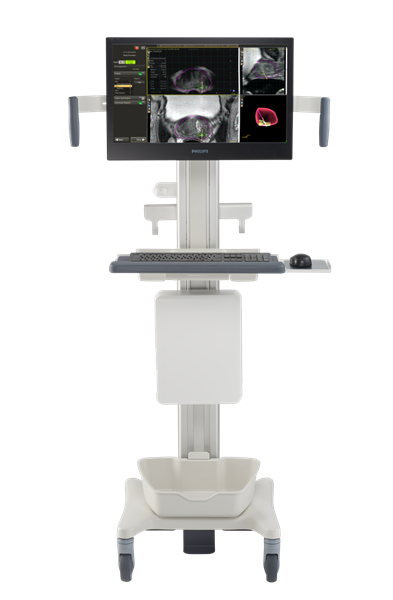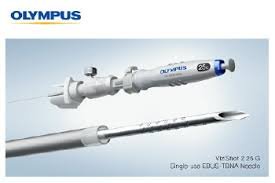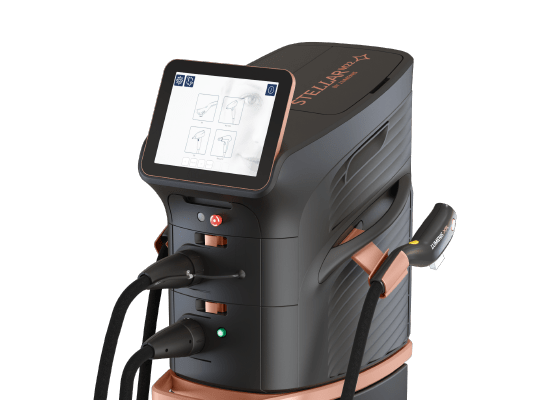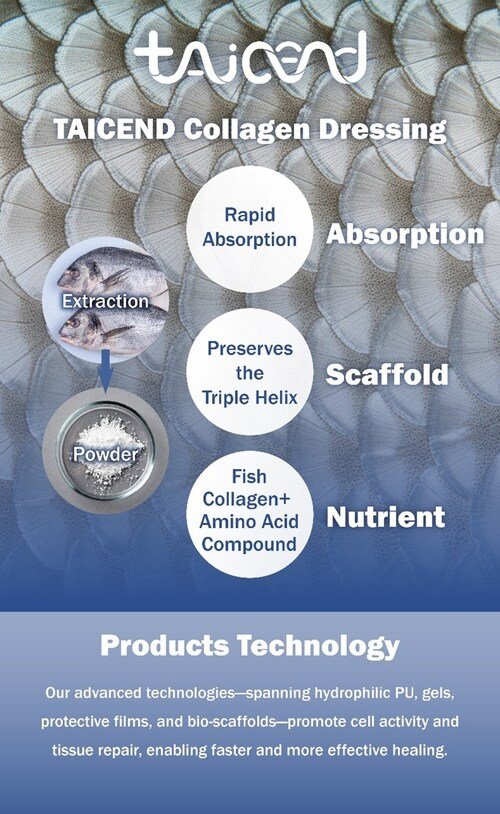Philips’ FDA 510(k) clearance for the latest version of its UroNav system marks a significant advancement in precision prostate cancer care, reinforcing the company’s leadership in image-guided therapy. With an integrated workflow that now includes advanced annotation capabilities, the updated UroNav platform streamlines complex procedures, empowering clinicians to perform minimally invasive focal therapy with greater accuracy and efficiency. By fusing pre-procedural MRI with real-time ultrasound imaging, UroNav delivers enhanced visualization of prostate anatomy—enabling targeted treatment while sparing healthy tissue, a critical consideration for patients seeking alternatives to surgery or radiation.
The need for more personalized, tissue-sparing prostate cancer treatments is growing rapidly, as the limitations of conventional approaches—such as incontinence and sexual dysfunction—become more apparent. With prostate cancer affecting 1 in 8 men in the U.S. and over 313,000 new cases diagnosed annually, Philips’ innovation addresses a vital clinical challenge. The platform supports better diagnosis, with studies showing a 30% improvement in identifying high-risk prostate cancer using fusion biopsy. The UroNav system also enhances compatibility with ultrasound devices, improves security features, and offers seamless integration with Philips’ DynaCAD systems for planning and review—broadening access to advanced care across more clinical settings.
Looking ahead, Philips’ continued investment in AI-enhanced imaging, workflow simplification, and digital integration underscores its commitment to transforming prostate cancer management. By unifying diagnosis, pathology, and image-guided therapy into a single, cohesive system, the UroNav platform positions clinicians to deliver highly individualized treatment with reduced burden on patients and providers. This clearance not only solidifies Philips’ technological leadership but also opens new opportunities for scaling minimally invasive urological care worldwide—supporting better outcomes and quality of life for men at every stage of prostate cancer.

























